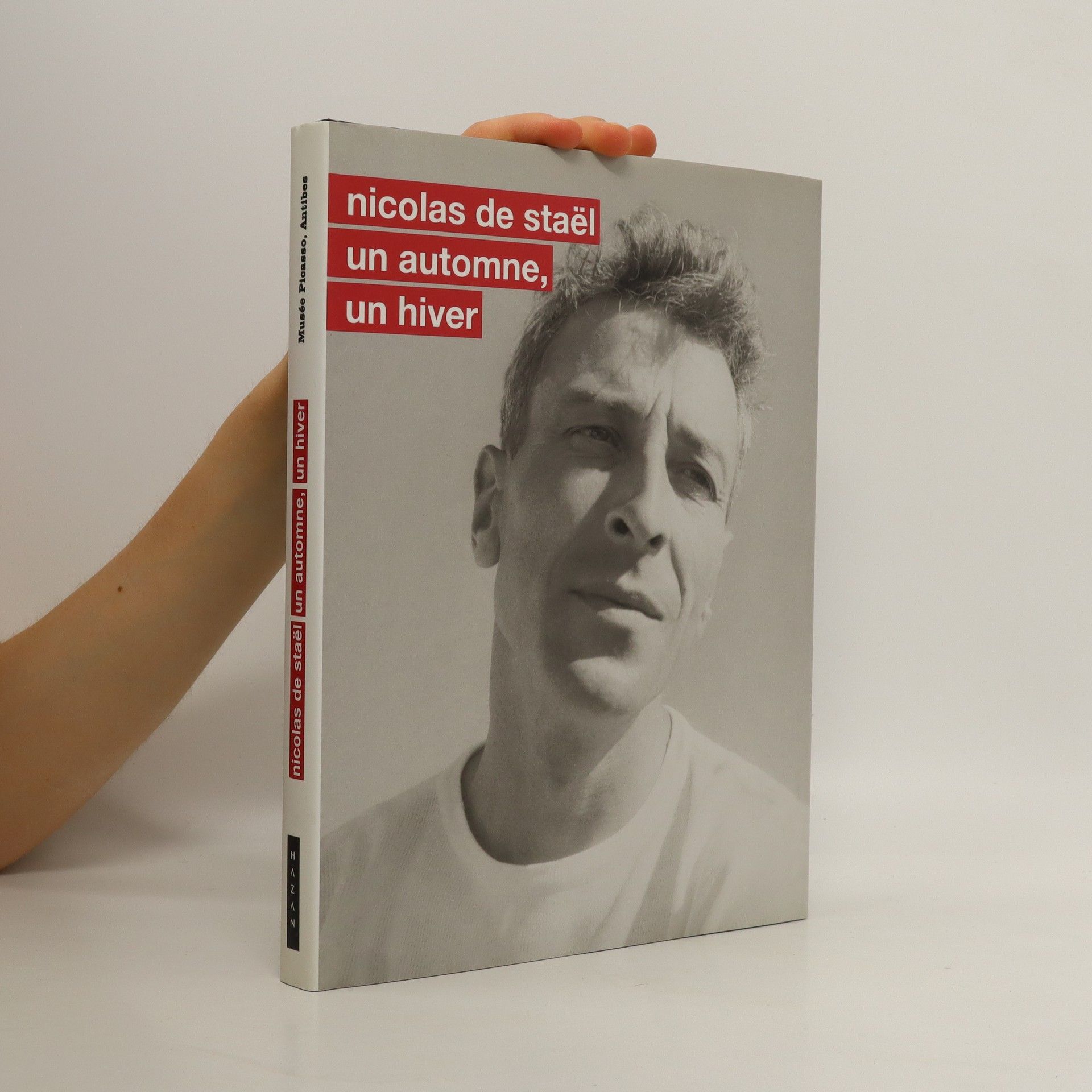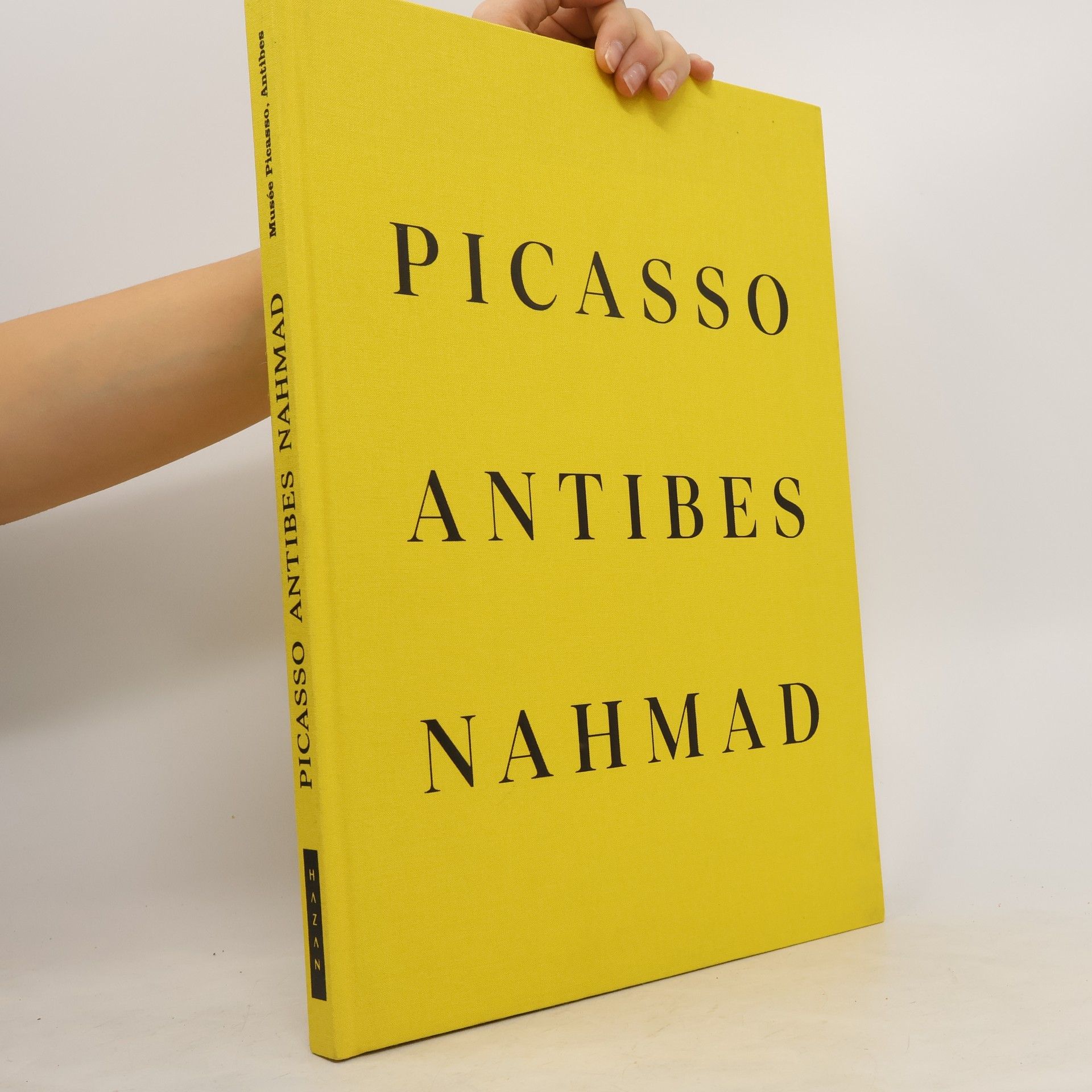Picasso Antibes Nahmad
- 95 páginas
- 4 horas de lectura



Photographs by Edward Quinn
“He doesn’t bother me,” Picasso remarked about photographer Edward Quinn, who first captured him at work in the ceramics studio in the early 1950s. This laid-back attitude allowed Quinn to follow the artist with his Leica for over 20 years, documenting Picasso’s life on the Côte d’Azur—whether in the studio, with family, at bullfights, or even at the hairdresser’s. The Quinn Archive features a treasure trove of intimate photographs that reveal Picasso's everyday life, character, humor, and enthusiasm in a light-hearted manner. Quinn’s approach was unpretentious; he avoided tripods and artificial lighting, aiming to capture genuine moments. This results in a viewer experience that feels personal and immediate, reminiscent of contemporary street photography. The collection showcases Picasso in unexpected situations, offering a magical glimpse into the artist's world. Edward Quinn (1920, Dublin–1997, Altendorf/Switzerland) worked as a press photographer on the Côte d’Azur for major international magazines like Life and Paris Match. Over his 20-year friendship with Picasso, he took more than 12,000 photographs, later focusing on the art scene and capturing renowned figures such as Max Ernst, Alexander Calder, and Salvador Dalí.
Cet ouvrage est intitulé Nicolas de Staël, un automne, un hiver car il présente le dernier ensemble de peintures et d'œuvres sur papier réalisé à Antibes par l'artiste entre octobre 1954 et le 16 mars 1955, date de son suicide. Il a accompagné une exposition organisée dans le musée d'Antibes en 2005 mais a été conçu comme un ouvrage à part entière. Il met en lumière ces quelques mois en documentant le plus possible le séjour de l'artiste à Antibes. Des essais de Daniel Abadie qui propose de " revoir " De Staël aujourd'hui, de Federico Nicolao qui soumet une réévaluation du rapport abstraction/figuration de l'œuvre ultime de l'artiste, la correspondance de Nicolas de Staël, un texte de Valentine Marcadé sur l'œuvre de Nicolas de Staël, inédit en français, et commenté par Jean-Claude Marcadé, un texte de John Richardson inédit en français, quelques pages souvenirs d'Anne de Staël cernent de plus près l'ultime explosion de couleurs que connaît l'art de Nicolas de Staël à la veille de sa mort, en dépit de sa difficulté à se réaliser dans sa peinture. 147 tableaux et de nombreuses œuvres sur papier ont vu ainsi le jour en moins de cinq mois, à Antibes, à deux pas du musée qui lui a consacré cet hommage. La correspondance de Nicolas de Staël à partir de l'été 1954, une biographie et une bibliographie sélective complètent l'ouvrage.